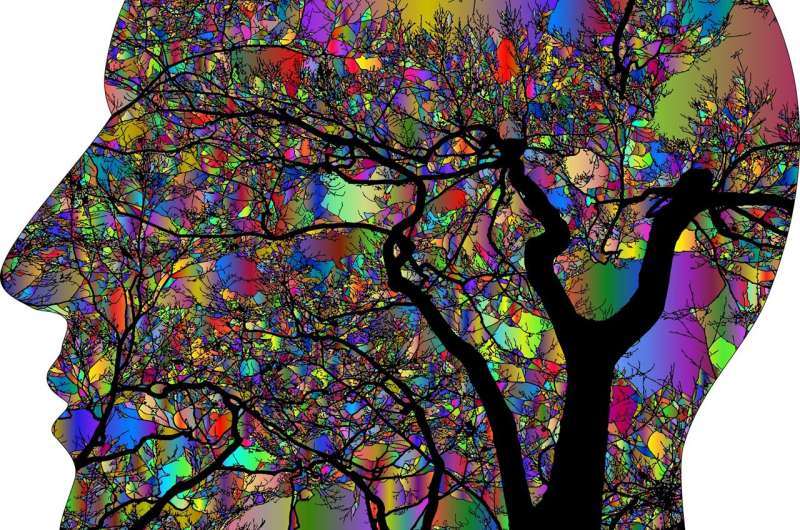This article has been reviewed according to Science X's editorial process and policies. Editors have highlighted the following attributes while ensuring the content's credibility:
fact-checked
peer-reviewed publication
proofread
Researchers compare near-death experiences and psychedelic experiences

Researchers analyzed the similarities and differences between a near-death experience (NDE) while in a coma and the experience induced by a psychedelic drug. Despite the common themes that emerged, such as space-time transcendence or ego dissolution, only in the NDE were the themes of life review, meeting deceased loved ones, and a threshold of no-return reported.
In 1994, Stanislav Grof, one of the founders of transpersonal psychology, reported finding high comparability between LSD and a subsequent NDE. However, apart from Grof's study, no other has systematically reported on persons experiencing both a classical psychedelic and a near-death experience, as well as their reflections on comparability. Thus, there was a gap in the study on the relationship between the NDE and the experience induced by the highly potent endogenous psychedelic drug called 5-Methoxy-DMT (5MeO-DMT).
Pascal Michael and collaborators analyzed the similarities and differences between a NDE, during a coma, and an experience induced by the psychedelic drug 5MeO-DMT.
The article "This is your brain on death: a comparative analysis of a near-death experience and subsequent 5-Methoxy-DMT experience," published in June in the journal Frontiers in Psychology, presents a case study of a 54-year-old Caucasian man from North America, who is popularly documented for having had a profound near-death experience while in a coma caused by bacterial meningoencephalitis. In addition, the individual also subsequently underwent an experience with 5MeO-DMT.
The researchers from the University of Greenwich and Imperial College (U.K.) conducted a semi-structured interview with the subject concerning his experiences with both the NDE and 5MeO-DMT, and then analyzed the similar and different emergent themes between the two states, with particular emphasis on the subject's own perceptions on the similarities and differences between the experiences.
Overall, a high level of comparability was observed between the NDE and the psychedelic experience, with common themes emerging, such as the transcendence of time and space, ego dissolution, and cosmic love. However, specific themes also emerged in NDEs that were not present in the psychedelic experience, namely life review, the deceased, and the threshold. This finding echoes a further study presently in review by the authors comparing a similar psychedelic, NN-DMT, and the NDE.
Despite the observed convergences in the several aforementioned domains, the experiences were considered to be totally different by the participant themselves in several dimensions, on account of which the participant argues that his NDE should not be attributed to endogenous psychedelics.
In this study, several mechanisms that could potentially explain the NDE were discussed, including the speculative hypothesis of correlation between the participant's NDE and the unique way in which the bacterial meningoencephalitis impacted the subjects' cortex, which may mimic the action of psychedelics.
More information: Pascal Michael et al, This is your brain on death: a comparative analysis of a near-death experience and subsequent 5-Methoxy-DMT experience, Frontiers in Psychology (2023). DOI: 10.3389/fpsyg.2023.1083361





















